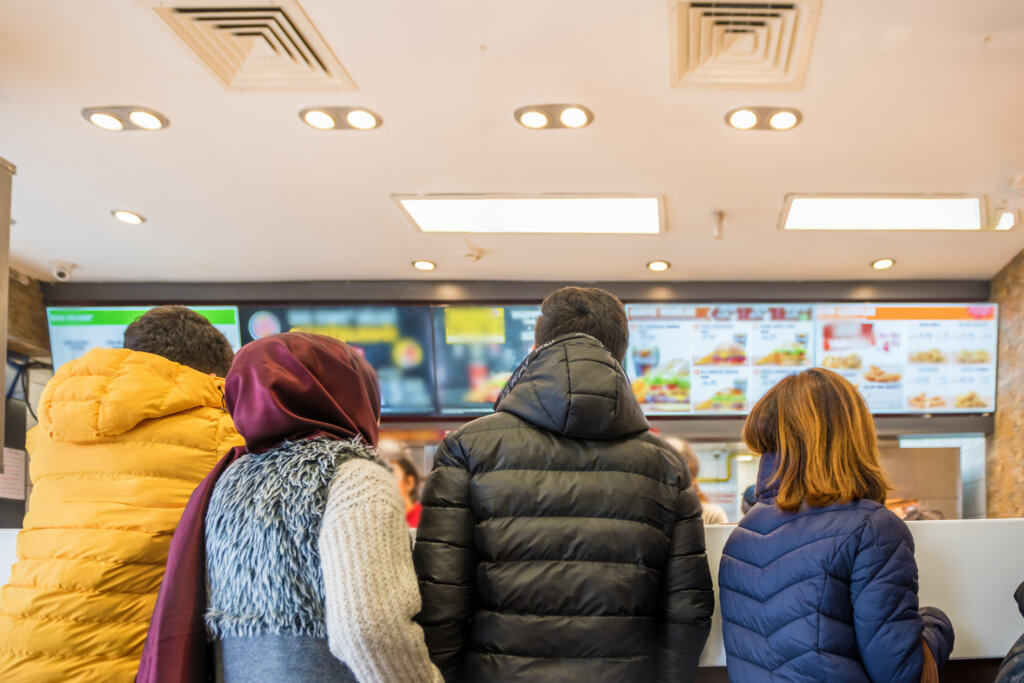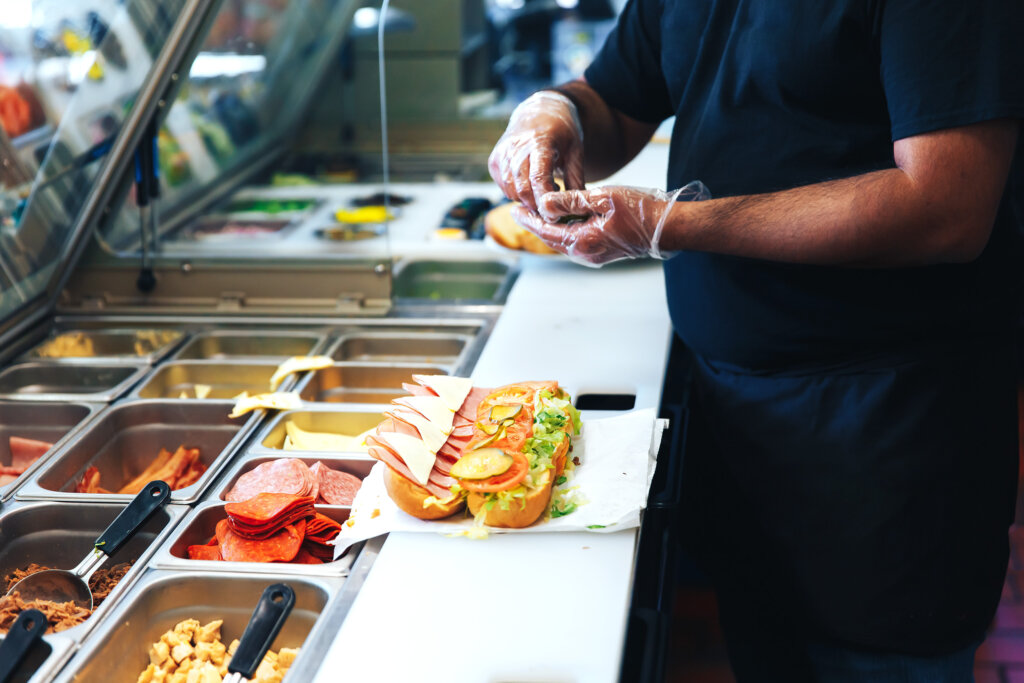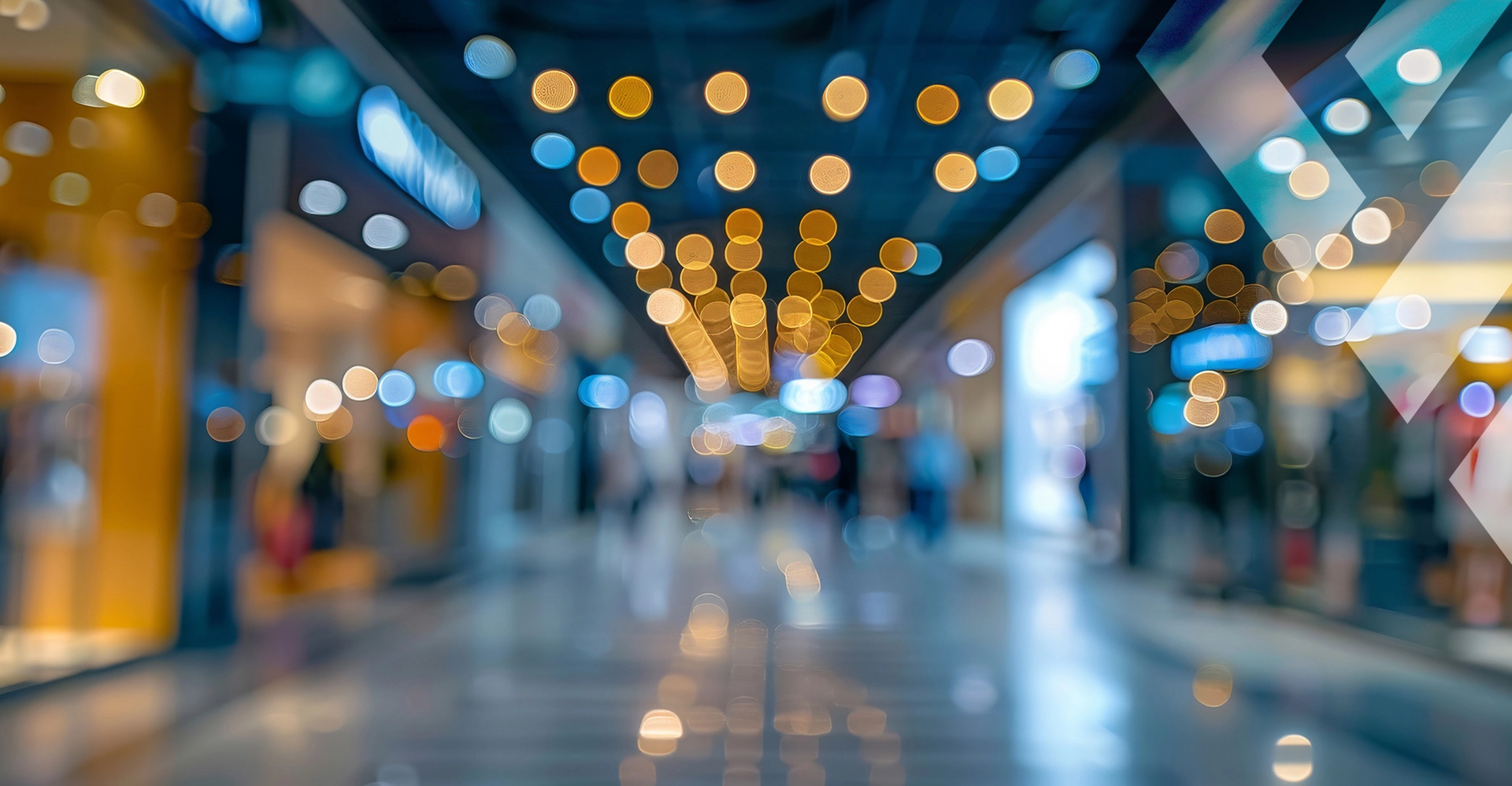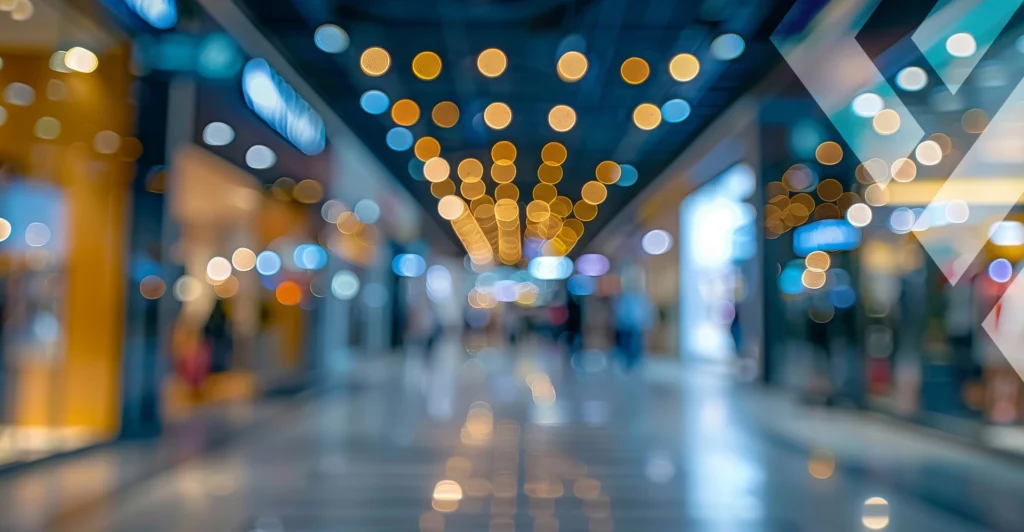It’s not groundbreaking to say that margins are tight in the restaurant industry, especially for quick service restaurants (QSRs). Maintaining those already thin margins has always been one of the industry’s biggest challenges.
The following are a few ways you can leverage your video surveillance system to control and reduce your restaurant’s food costs. Most of these tips can be easily achieved with the right video camera placement.
Verify vendor order accuracy
Make it a golden rule to verify your vendor orders to ensure you aren’t being shorted, especially if you receive key-drop deliveries. There’s a significant loss to be had if, for example, you order ten cases of meat but receive only nine in your order. This could be a one-time error by your supplier, or an intentional shortage by a less-than-honest delivery driver. Order verification is the only way to catch such shortages. Simply clicking to accept an order and posting it to your inventory with no verification is an invitation to higher costs and changing yields.
In addition to checking quantities, ensure the product received is as ordered. An order may contain substitute items that have different prices, package portions, and even different yields in your recipes, which can result in a change in your cost of goods.
Placing a video camera in your receiving area can help to not only keep your supplier honest, but also assist management with the verification process. Also consider putting a camera in your walk-in cooler and freezer to help identify theft by consumption or by concealment, should employees remove food items and leave the premises with them.
Menu mix awareness and item bundling

QSR owners know that having cost-driven and balanced menu pricing is paramount for maximizing sales and profits. The food costs associated with your menu items can vary based on ingredients and price.
For example, on a Mexican food menu, a steak burrito may be a best-seller at a higher food cost. A way to average down the overall food cost per transaction is to bundle it with a bean burrito that has a lower food cost. You could also combine the items with a low-cost drink to average out the overall food cost percentage. If you’re overrun by steak-hungry customers and you fail to add a drink, bundle the items as a combo, or upsell the sides, food-cost average will obviously be impacted.
Proper video camera placement can help by enabling you to verify whether or not pertinent signs have been placed at all point-of-sale (POS) locations and that items with a lower associated food cost are featured on menu boards to help incite impulse purchases of them.
With a video surveillance system integrated with POS data, you can also easily review each transaction with associated video, and search and sort transactions by employee, item number, or receipt number. This lets you easily and quickly visually monitor all transactions and verify if employees are in fact upselling those higher profit items.
Pricing and order adjustments
To maintain a desired food-cost margin, QSRs typically have to set and adjust menu prices or, alternatively, recipes and portions to achieve a consistent cost target. However, setting a price doesn’t necessarily mean that is the amount of money you will receive for the item.
Actual prices are often reduced by the use of coupons, discounts, promotions, and loyalty reward offerings. Such transactions not only decrease the amount of money you receive and simultaneously inflate your food-cost percentage, but they can also be used fraudulently to elicit theft in many ways.
Even without a POS integration, a video check can identify employee behaviors that are precursors to theft. These include stacked coupons at the register that are being used repeatedly, employees using their cell phones to compromise POS transactions (for example, totaling items and collecting money from the customer without ringing the items into the POS), loyalty rewards abuse, and even undelivered receipts, which prevents customers from verifying what they have paid for.
Waste and portion control
Your video surveillance can help with portion control by allowing you to randomly and anonymously view video of food preparation by employees. This provides an accurate picture of overall serving consistency. Random video checks are also more likely to be accurate as employees can sometimes change their behavior when they know management is watching them.
Periodically checking the video ensures standard practices are being followed such as not over- or under-portioning. For example, it can verify employees are using portioning tools properly in a consistent manner.
Being able to remotely view food prep areas, production lines, staging areas, and packing table activities can prove invaluable. This has proven especially true during late and pre-close times. You can easily identify too much cooked or staged food becoming waste by being discarded or taken home by employees without ringing it in properly. Both scenarios increase food costs. One QSR I’ve worked with has reported a 3% cost of goods improvement from monitoring this alone.
Training follow up

Thorough employee training helps increase the speed of service without compromising portion and waste control practices. For example, when grabbing shredded ingredients like lettuce or cheese during food production, many chains teach employees to use a thumb and two fingers to get a half ounce and a thumb with one finger to pinch a quarter ounce portion. Properly trained employees also use a two-hand technique to simultaneously grab these items. This maintains portions, costs, helps improve labor productivity and speed of service, and can be easily verified remotely with the appropriate video solution.
Additionally, a properly used video solution can help you to quickly identify the products being consumed on shift, and those leaving with employees via the back – or even front – door at the end of the day. While none of us like to think such blatant theft can occur in our facilities, it often does.
The preceding tips illustrate just a few of the ways a video surveillance system can help control food cost in a highly impactful way. Many systems also offer POS data integration, audio, and the ability to have the camera images automatically delivered to your mobile device for review.
To find out more or schedule a demo, contact us.



